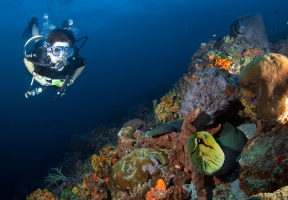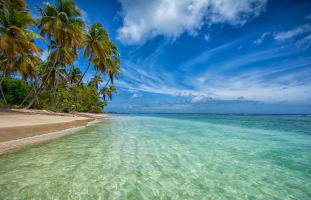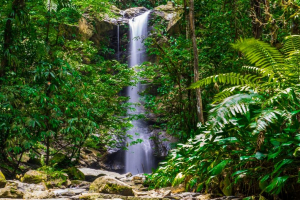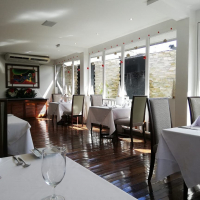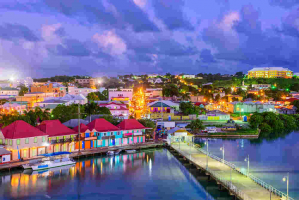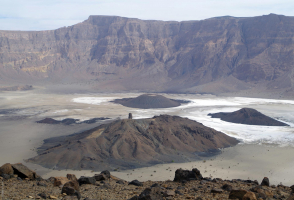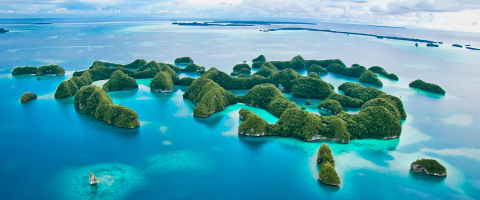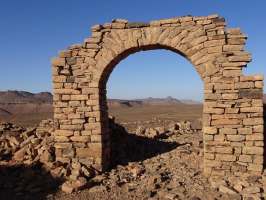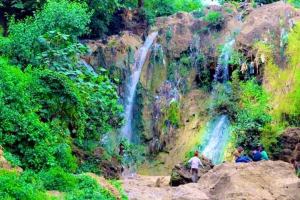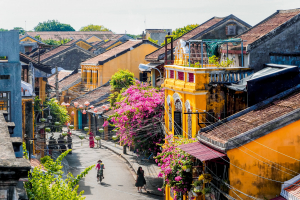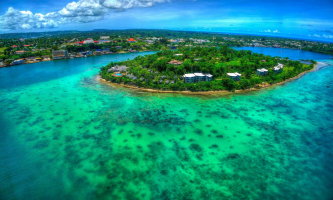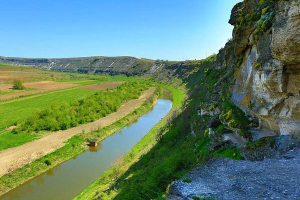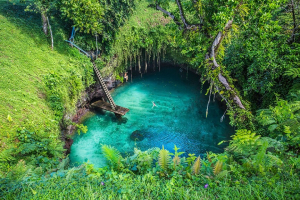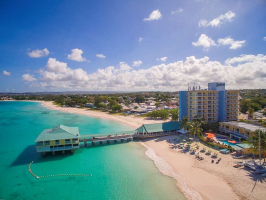Top 8 Best Tourist Attractions In Trinidad and Tobago
Trinidad and Tobago are two islands united as one nation, each with its own distinct personality. The busier of the two and the southernmost of all the West ... read more...Indian islands, Trinidad, is located near Venezuela. There are some remarkable examples of colonial and Renaissance-style architecture in the busy city, Port of Spain, as well as a diverse cultural mix of Creoles, Africans, Amerindians, Europeans, and East Indians. Nearby are popular palm-fringed beaches, and three forest-clad mountain ranges cut the island in half, producing dramatic landscapes. Here are the top tourist attractions in Trinidad and Tobago
-
Maracas Bay, surrounded by coconut palms, is one of Trinidad's most recognized beaches. The picturesque 40-minute drive from Port of Spain through hilly jungle offers spectacular vistas of verdant peninsulas extending into the sea. The beach is one of the most gorgeous beaches within a short distance of the city. This lovely sliver of golden sand is lapped by a deep blue bay, and lushly-cloaked hillsides rise at its boundaries.
Food trucks and vendors provide tasty snacks along the beach, including Richard's Bake & Shark, a local favorite. You can rent umbrellas and chairs to make your beach time more comfortable, and food trucks and vendors provide tasty snacks along the beach, including Richard's Bake & Shark, a local favorite. There are also showers accessible. This is a terrific area to spend the day in Trinidad soaking up the local culture. Locals love to "lime" (hang out and enjoy the scene) here, and it is one of Trinidad's most popular lime spots.
Beautiful Las Cuevas Beach, just 15 minutes from Maracas Bay, is more quieter and less crowded if you're seeking for a more low-key beach day. It's also a better alternative for families because of the calmer waters.
Location: North Coast Road, Port of Spain, Trinidad
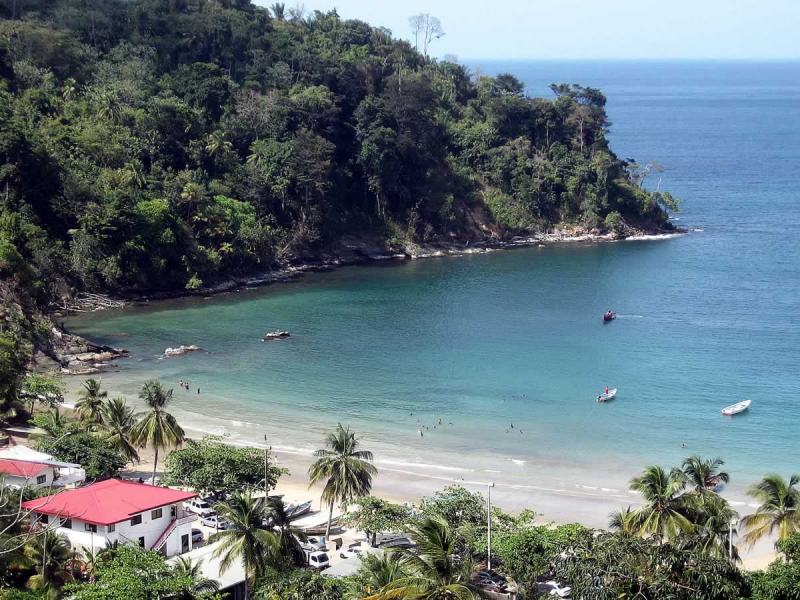
destinationtnt.com 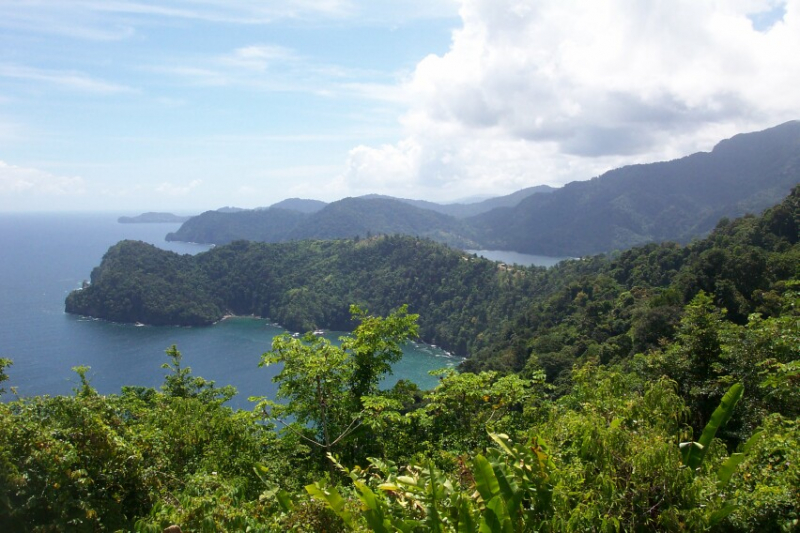
oliveandmango.com -
Pack a picnic and head to Englishman's Bay in Tobago for a bit of true coastal splendor. This isolated beach is located 1.5 kilometers from Castara along a winding, narrow road and is well worth the trip. One of the best things to do in Tobago is to relax on these beautiful beaches. Here magnificent strip of golden sand and jade-green water is surrounded by jungle-clad hills studded with palms – if you're searching for the perfect postcard image to make all your pals at home envy, this is the place to bring your camera.
This magnificent stretch of coast's secluded location makes it one of Trinidad & Tobago's most romantic spots. In the pristine sea, you can swim and snorkel, and if you want to make your beach time more comfortable, you can hire chairs and umbrellas from the small café in the parking lot. Bamboo bird feeders and other trinkets are sold in a couple of gift shops here. The scenery, though, is the star of the show.
Location: Tobago
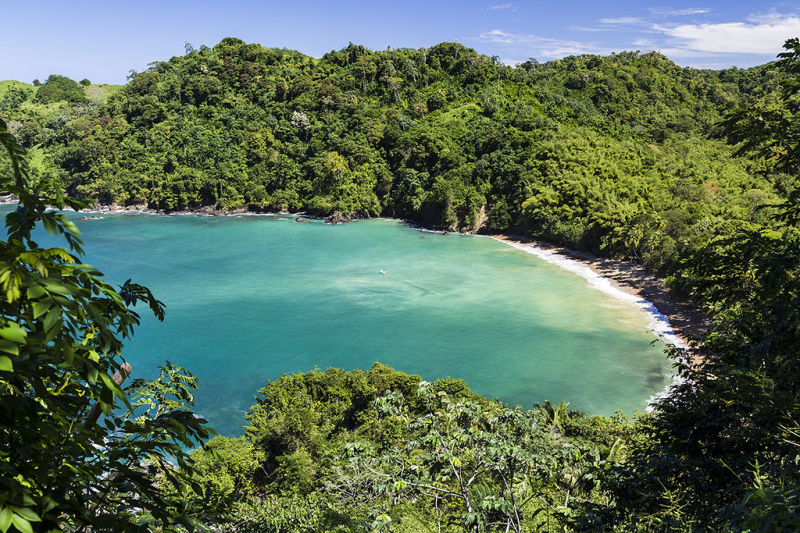
en.wikipedia.org 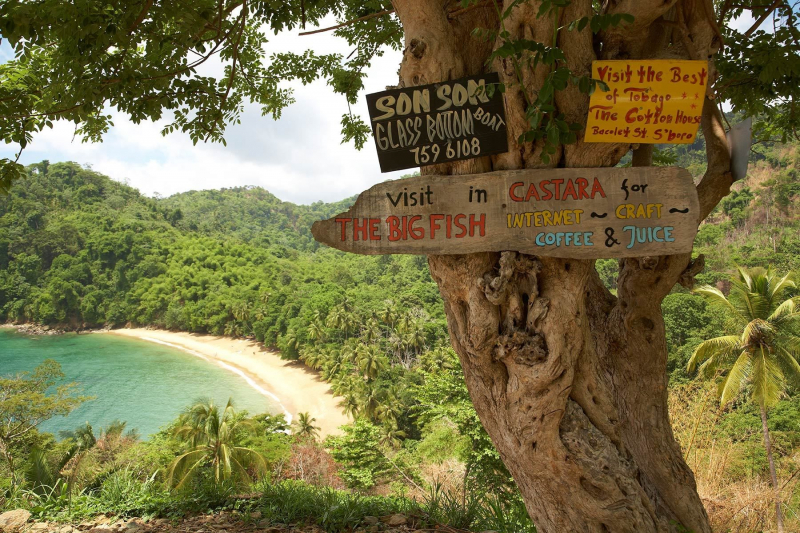
pinterest.com -
The Asa Wright Nature Centre & Lodge in the Arima and Aripo Valleys is a birder's delight, with 1,500 acres of deep woodland. At this former cocoa, coffee, and citrus plantation, hummingbirds, woodcreepers, pygmy owls, trogons, and the uncommon nocturnal oilbird are just a few of the avian species seen. You can take a birding excursion, have lunch or high tea on the verandah, or overnight in one of the cottages. The money raised from guests goes toward forest protection, new property purchases, and environmental education activities.
Hummingbird enthusiasts will like the Yerette hummingbird sanctuary, which is located deep in the Maracas Valley. The admittance price includes an interesting talk by the owner, the opportunity to photograph the hummingbirds as they feed, and a light snack, although reservations are required. If you're looking for a place to go birding in Tobago, go to Adventure Farm & Nature Reserve. In the tropical gardens, you can observe everything from motmots to bananaquits, as well as numerous gorgeous hummingbirds fluttering around feeders.
Location: Spring Hill Estate, Trinidad
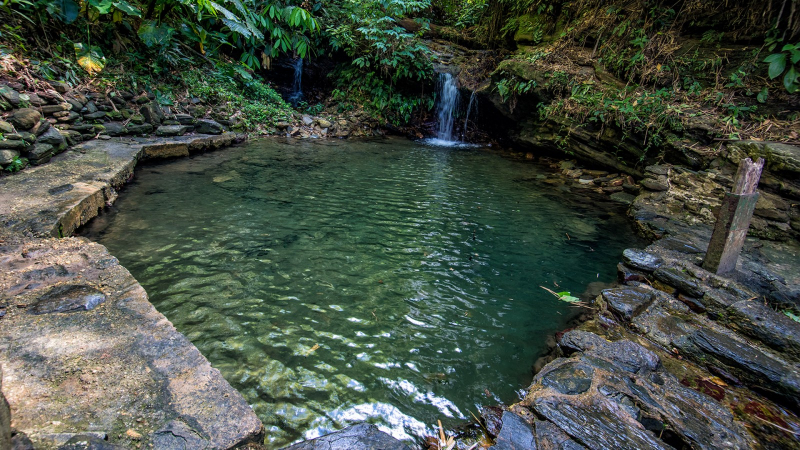
destinationtnt.com 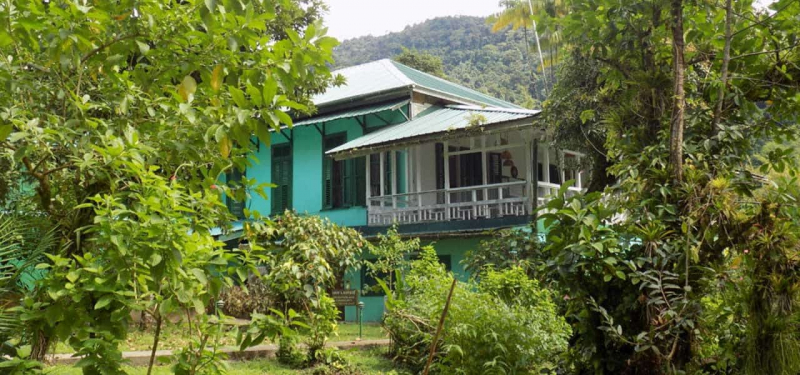
wildlife-lodges.com -
Pigeon Point, also known as the Pigeon Point Heritage Park, is one of Tobago's most prominent beaches. Pigeon Point, also known as Pigeon Point Heritage Park (PPHP), is Tobago's most picturesque beach and is home to the world-famous thatch-roofed jetty, which has become a symbol of Tobago around the world. A large stretch of white sand beach with beautiful blue waters is part of the resort. Beach facilities include bathrooms, showers, and beach chair rentals, as well as bars and a restaurant. Souvenir and water-sports shops are among the tourist attractions.
Unlike Englishman's Bay, this beach has a lot of amenities, making it an excellent area to spend the day. There are snack bars, shops, change rooms, and thatch-covered seats, as well as the option to rent sun loungers. However, there is a charge to enter the beach. Boats depart from here for snorkeling at Buccoo Reef and swimming at Nylon Pool, a meter-deep offshore sandbar with crystal-clear blue water that resembles a big swimming pool.
Location: Tobago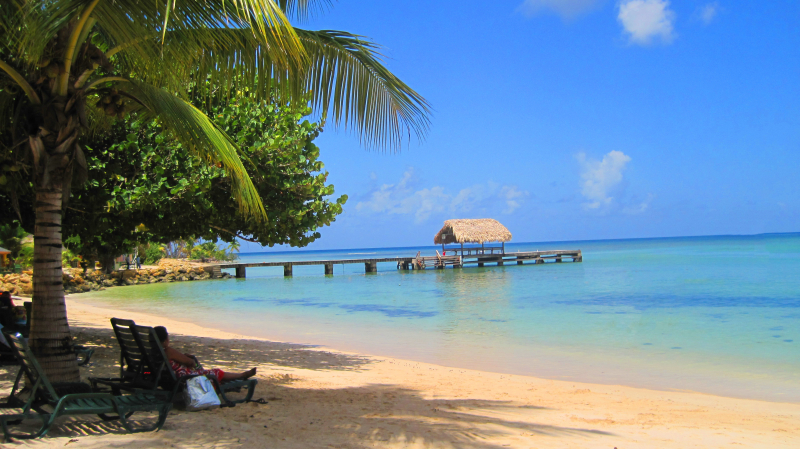
visitantiguabarbuda.com 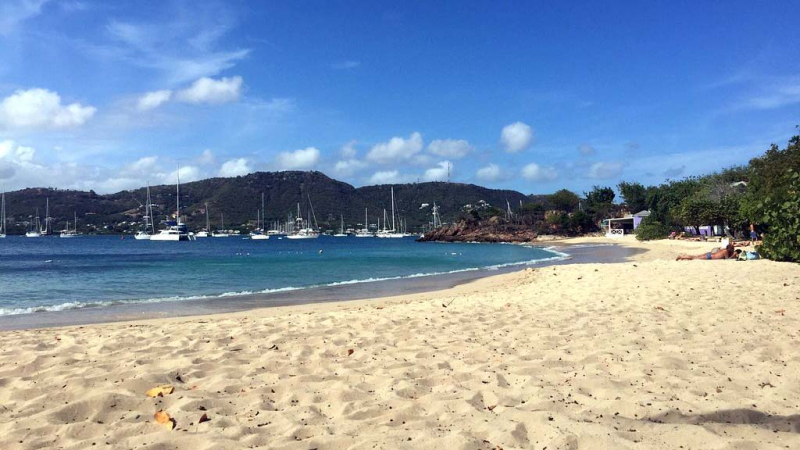
en.wikipedia.org -
This bustling corporate town, which serves as the country's capital, is noted for its numerous beautiful examples of colonial-style architecture, as well as a few tourist attractions. Taking in the architectural highlights of Queen's Park Savannah is one of the most popular things to do in Port of Spain. The large green park is lined with beautiful mansions known as the "Magnificent Seven." Fans of architecture should also pay a visit to the Red House Parliament in Woodford Square. The stunning Royal Botanic Gardens, which adjoin the president's grand palace, and the National Museum and Art Gallery, which has exhibits on local art, history, and culture, are both located near Queen's Park Savannah.
However, Port of Spain is perhaps best known for its raucous Carnival. The city comes alive with an extravaganza of colorful costumes, limbo competitions, and infectious calypso and soca sounds on the Monday and Tuesday before Ash Wednesday. A three-hour Port of Spain City Tour will give you a good picture of the city. These run in the morning and afternoon and include some of the attractions' admission fees.
Location: Trinidad
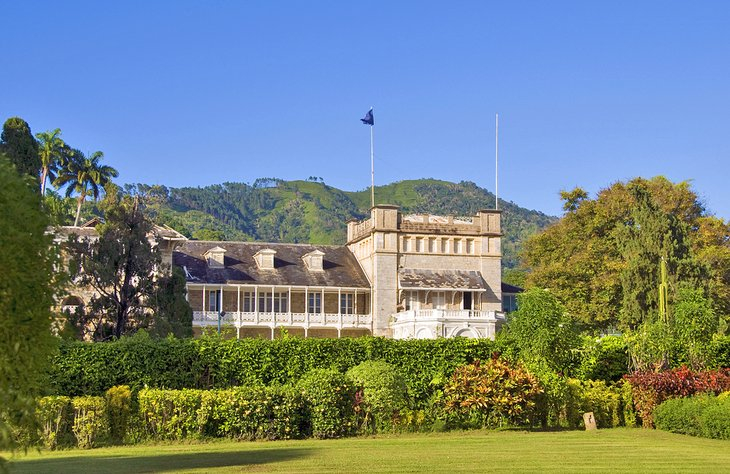
planetware.com 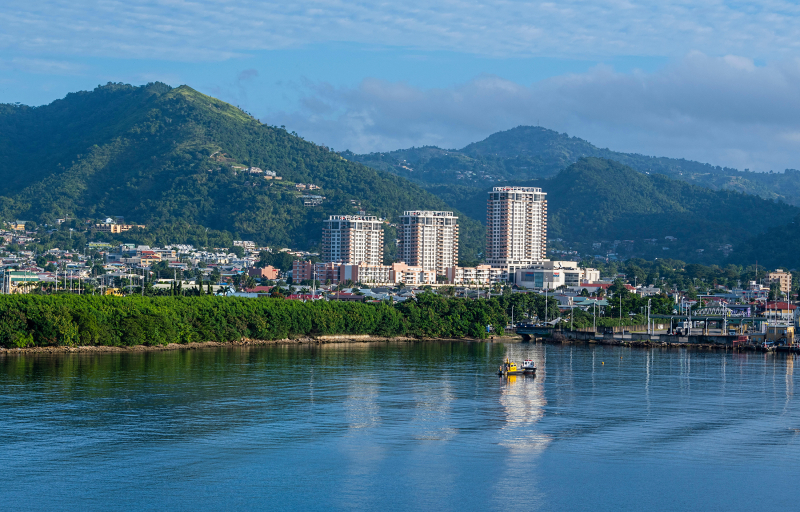
theculturetrip.com -
The Scarlet Ibis, one of Trinidad and Tobago's national birds, has its natural nesting grounds in the 12,000-acre Caroni Swamp and Bird Sanctuary. The other is the Cocrico, which is Tobago's lone game bird and is not found in Trinidad. The possibility to see the ritualistic roosting practices of thousands of these bright red birds close to dusk is the main attraction in this mangrove. Many of the guides believe that the birds fly to the Venezuelan mainland to feed on a regular basis, then return to the Swamp at sunset, a distance of around 11 miles. Migratory birds use the mangrove trees as nesting sites, making it ideal for birdwatchers. Tours of the mangroves are offered on a regular basis by flat-bottom boats.
If you're staying in Port of Spain, it's only a 15-minute drive south to the Swamp, where you may choose from a variety of boat tour guides who are well-versed in seeing many (if not all) of the Swamp's 100+ species of other birds, caimans, swamp boas, and crabs of various sorts. The Caroni Swamp is Trinidad's largest mangrove swamp. There are a tangle of natural and dredged channels, and motorized boats are not permitted.
The Scarlet Ibis population is threatened by poaching and pollution of the wetland and Gulf of Paria, although being legally protected. Inside, there is an open pond area around 20 minutes away where the boars congregate so tourists can watch the ibis return while rehydrating.
Location: Butler Highway, Caroni, Trinidad
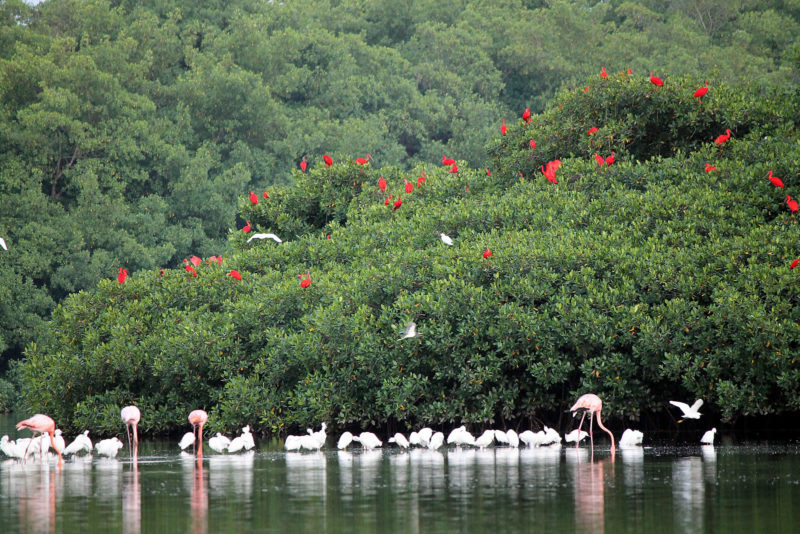
destinationtnt.com 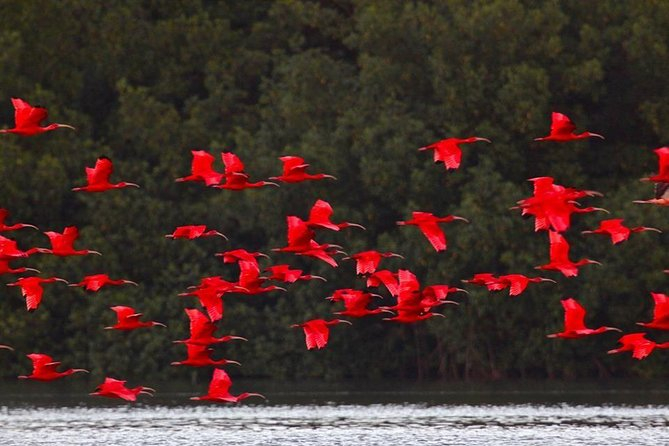
viator.com -
Little Tobago Island, off the coast of Tobago, across from Speyside, is one of the Caribbean's most important seabird sanctuaries. The island is desolate, and there are several kilometers of pathways that wind their way through the beautiful vegetation. Look seaward from the hilltops for the best views, and you'll see big groups of red-footed boobies, red-billed tropicbirds, and frigate birds. The island is home to more than 50 bird species, including the Audubon's shearwater and laughing gulls. As they loop past the smaller Goat Island in Tyrrell's Bay, glass-bottomed boats transport you to the island, displaying the coral reefs below. Snorkeling on the neighboring reef and a trek to the island's peak are frequently included in tours.
The island is covered in dry vegetation. Seabirds like the red-billed tropicbird, Audubon's shearwater, brown booby, brown noddy, sooty, and bridled terns use it as a breeding ground. There are also a few pairs of white-tailed tropicbirds nesting here. Little Tobago is also a wonderful place to watch birds that breed on other small islands, such as the red-footed booby and the superb frigatebird. The tropicbirds, boobies, and terns are frequently harassed by the latter species.
On Little Tobago, a few reptile species have been discovered. Green Iguanas, Ameiva atrigularis, Rainbow whiptails, Antilles leaf-toed geckos, Turnip-tailed geckos, Ocellated geckos (Gonatodes ocellatus), Mole's geckos (Sphaerodactylus molei), Allen's bachias (Bachia heteropa alleni), Boddaert's tropical racers (Mastigodry (Leptophis coeruleodorsus).
Location:Caribbean Sea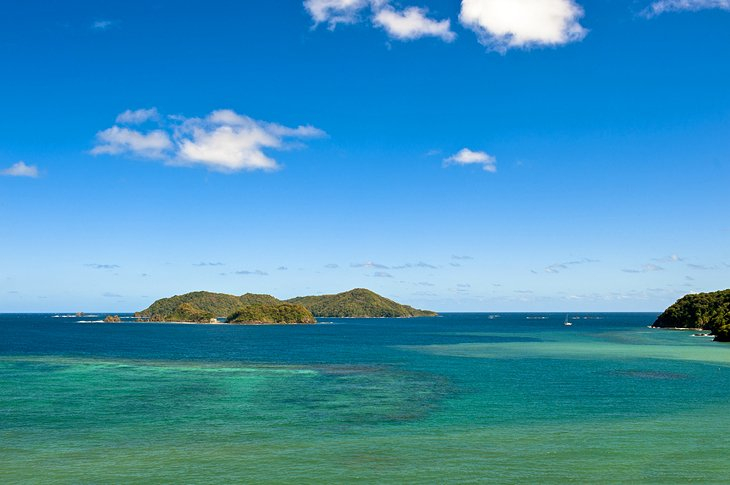
Photo: planetware.com 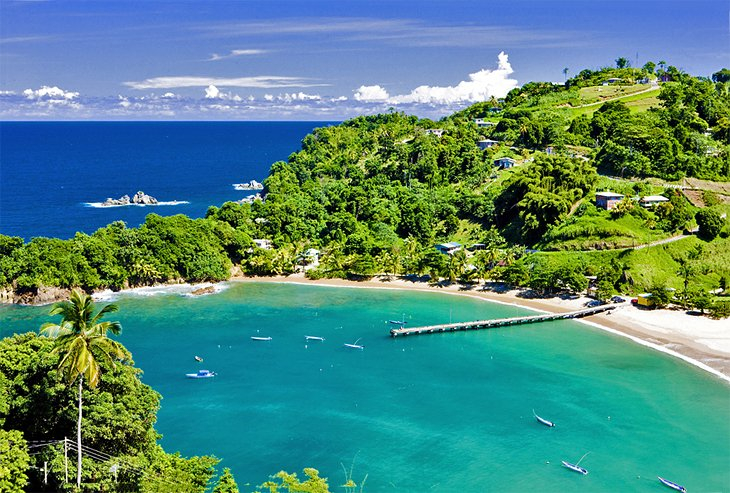
planetware.com -
The red-roofed church tower of Mount St. Benedict Monastery, which rises above the Northern Range Hills over Tunapuna, is one of the most outstanding landmarks east of Port of Spain. The Abbey of Our Lady of Exile, commonly known as Mount Saint Benedict Abbey, is a Benedictine monastery founded by Saint Benedict.
This community of Benedictine monks was founded in 1912, and it is the Caribbean's largest and oldest monastery. The monastery complex, which includes religious structures, a farm, a rehabilitation center, and a guesthouse, was founded on the ideas of self-sufficiency and friendliness to strangers. In the surrounding forest, hiking and birding opportunities abound, and the monastery is known for its yogurt, which is delivered to supermarkets across the country.
Location: St. Augustine, Trinidad and Tobago
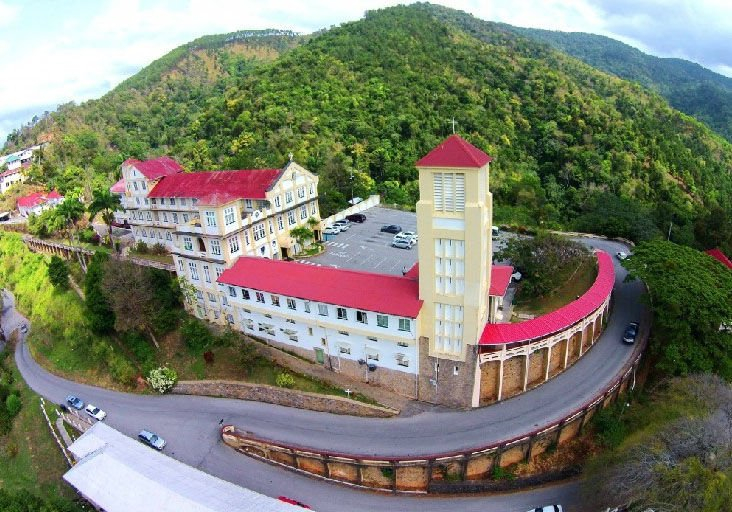
trinidadexpress.com 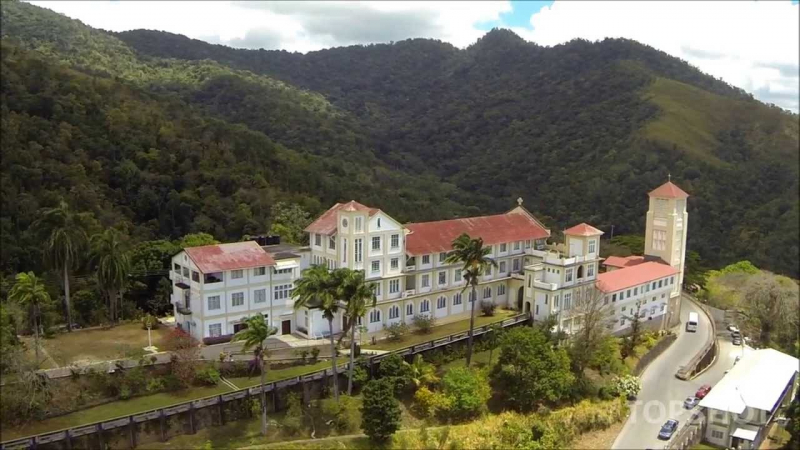
.facebook.com










